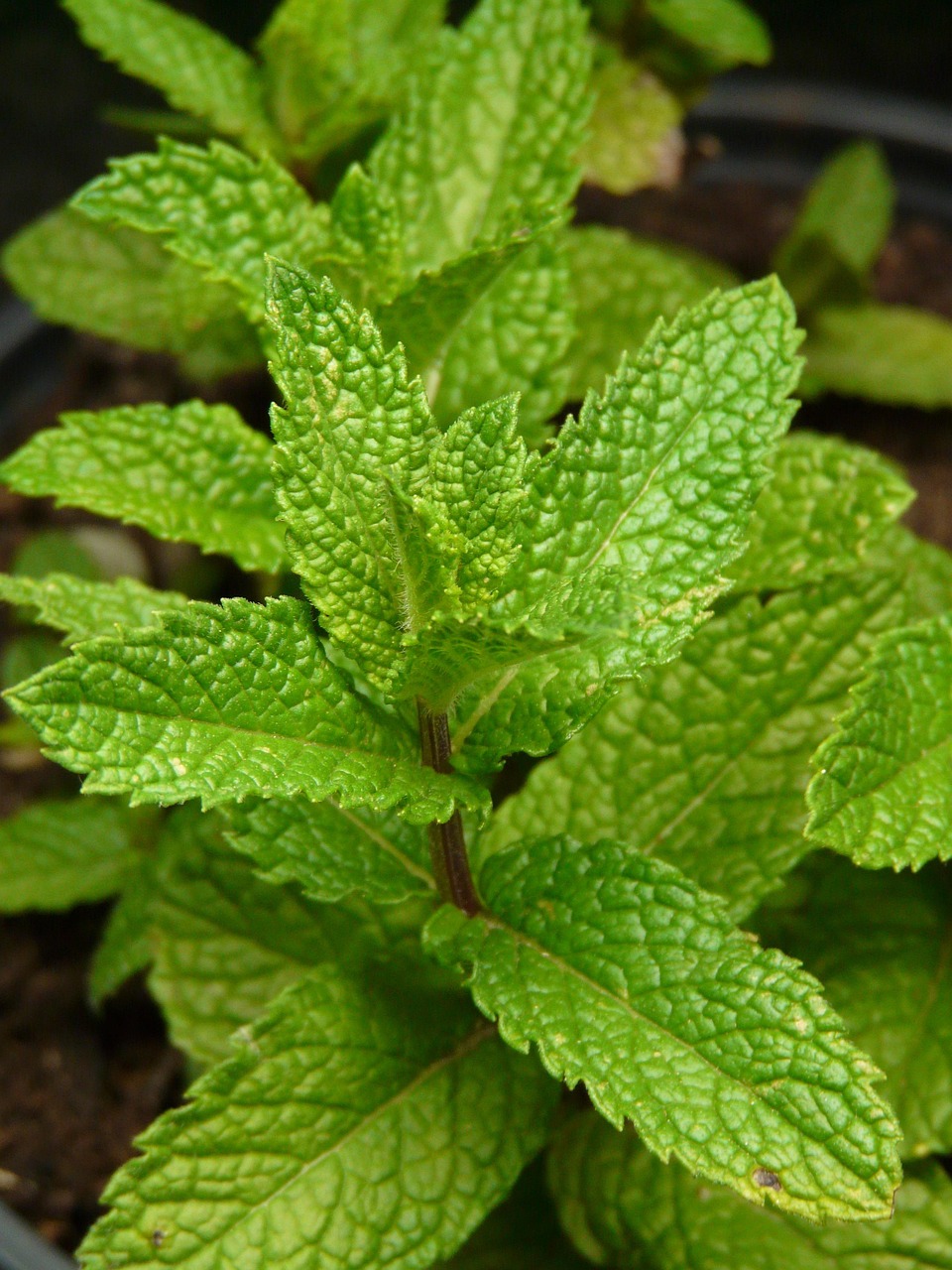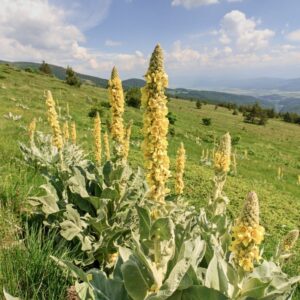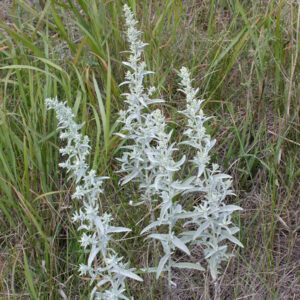Wild Mint (Mentha arvensis)
Description: Wild Mint, scientifically known as Mentha arvensis, is a herbaceous perennial plant in the mint family, renowned for its strong minty scent and edible leaves. Often referred to as Corn Mint, Field Mint, or Wild Mint, this versatile herb is used as a flavoring in food and beverages, and offers a range of medicinal and aromatic benefits. Our Wild Mint is sustainably harvested from the wild, ensuring the preservation of its natural habitat and ecological balance.
Characteristics:
- Scientific Name: Mentha arvensis
- Common Names: Corn Mint, Field Mint, Wild Mint
- Appearance: Herbaceous perennial with square, angular stems, opposite leaves that are egg-shaped and elliptic with a pointed tip and serrated edge, and small, pale purple (occasionally white or pink) flowers in whorls.
- Growth Habit: Creeping rootstock with erect or semi-sprawling stems, spreading readily through rhizomes.
- Habitat: Thrives in moist soil in meadows, near the edges of forests or streams, and in lowlands.
- Distribution: Native to temperate regions of Europe, western and central Asia, east to the Himalaya and eastern Siberia, and North America.
- Leaves: Opposite, egg-shaped and elliptic with a pointed tip and serrated edge. Edible with a strong minty aroma when crushed.
Uses:
Culinary:
- Flavoring: Edible leaves, raw or cooked, used to add a unique flavor to salads, sauces, jellies, and beverages.
- Seeds: Ground into flour to make pinole, a traditional Native American flour.
- Tea: Brewed for its potential health benefits.
Medicinal:
- Traditional Remedies: Used to treat diarrhea, menstrual cramps, colds, coughs, headaches, stomachaches, and fevers.
- Potential Health Benefits: May have antioxidant properties and support oral health, brain function, and lower blood sugar and cholesterol levels.
- Skin Conditions: Sage oil added to face and body washes, deodorants, and anti-fungal creams for its astringent properties.
- Mentha arvensis Oil: Treats stomach disorders, inflammation, fever, headache, cold, asthma, toothaches, gum swelling, arthritis, insomnia, and nervous tension.
Other Uses:
- Wild Mint Oil: Anti-bacterial and antiseptic properties, cooling and purifying effect on the skin.
- Aromatic: Strong minty scent used in aromatherapy and to repel insects.
Important Notes:
- Invasive Potential: Can be invasive and aggressive, may not be suitable for small landscape plantings.
- Safety: Generally considered safe for consumption, but insufficient information on safety during pregnancy or breastfeeding.
Embrace the multifaceted benefits of Wild Mint in your culinary, medicinal, and aromatic practices, while being mindful of its invasive potential and safety considerations. 🌿








Reviews
There are no reviews yet.